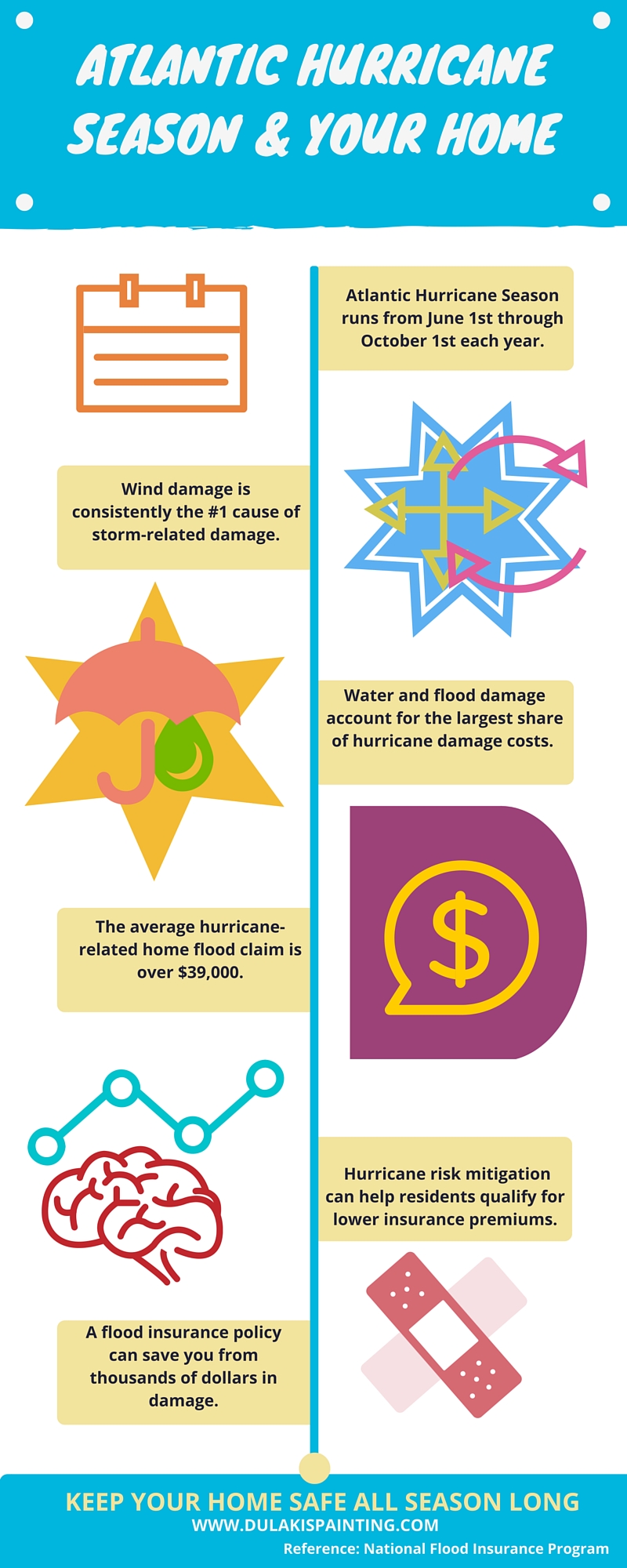Crucial Seasonal Aspects Of Commercial Exterior Paint: What You Should Understand
Crucial Seasonal Aspects Of Commercial Exterior Paint: What You Should Understand
Blog Article
Authored By-Korsholm Browne
When you're preparing a business outside painting task, seasonal variables can make or break your outcomes. You'll want to think about just how temperature and moisture influence paint application and drying times. Picking the appropriate period can guarantee your paint adheres properly and lasts longer. But which periods are genuinely the best for this sort of work? Allow's check out the key elements that can affect your project's success.
The Effect of Temperature on Paint Application
When you're preparing a business outside paint project, the temperature level can dramatically affect how well the paint sticks and dries out.
Ideally, you want to paint when temperature levels vary in between 50 ° F and 85 ° F. If it's too cool, the paint may not cure appropriately, resulting in issues like peeling off or cracking.
On the other side, if it's too warm, the paint can dry out too rapidly, preventing proper bond and resulting in an uneven coating.
minneapolis painting services ought to additionally consider the moment of day; early morning or late afternoon uses cooler temperatures, which can be more desirable.
Always inspect the supplier's suggestions for the specific paint you're utilizing, as they commonly offer assistance on the ideal temperature variety for optimum results.
Humidity and Its Effect on Drying Times
Temperature isn't the only environmental aspect that affects your industrial outside paint project; humidity plays a significant role as well. High moisture degrees can reduce drying times dramatically, affecting the total top quality of your paint job.
When the air is filled with moisture, the paint takes longer to cure, which can lead to problems like poor bond and a higher threat of mold growth. If you're repainting on an especially damp day, be prepared for extensive delay times in between layers.
It's essential to check local weather conditions and strategy accordingly. Preferably, aim for humidity levels in between 40% and 70% for ideal drying.
Maintaining these factors in mind guarantees your project remains on track and provides a lasting finish.
Best Seasons for Commercial Exterior Painting Projects
What's the very best season for your commercial outside paint jobs?
Spring and very early fall are normally your best choices. During these periods, temperature levels are moderate, and moisture degrees are frequently reduced, creating suitable problems for paint application and drying.
Avoid summer season's intense heat, which can trigger paint to completely dry also swiftly, bring about inadequate bond and coating. Likewise, winter season's cool temperatures can prevent proper drying and healing, taking the chance of the long life of your paint work.
Aim for days with temperatures between 50 ° F and 85 ° F for optimal results. https://jaidenpygow.bloggazza.com/33425134/on-the-mission-for-a-fresh-makeover-for-your-home-discover-the-tricks-to-picking-the-best-paint-colors-and-preparing-your-area-for-a-remodeling in mind to examine the regional weather prediction for rain, as damp problems can destroy your job.
Preparation around these elements ensures your paint job runs smoothly and lasts much longer.
Conclusion
To conclude, planning your industrial exterior painting jobs around seasonal factors to consider can make a considerable distinction in the result. By organizing work during the optimal temperature levels and humidity levels, you'll guarantee better adhesion and drying times. Remember to keep an eye on neighborhood weather forecasts and select the right time of year-- springtime and early fall are your best bets. Taking these actions will aid you accomplish a sturdy and specialist surface that lasts.
